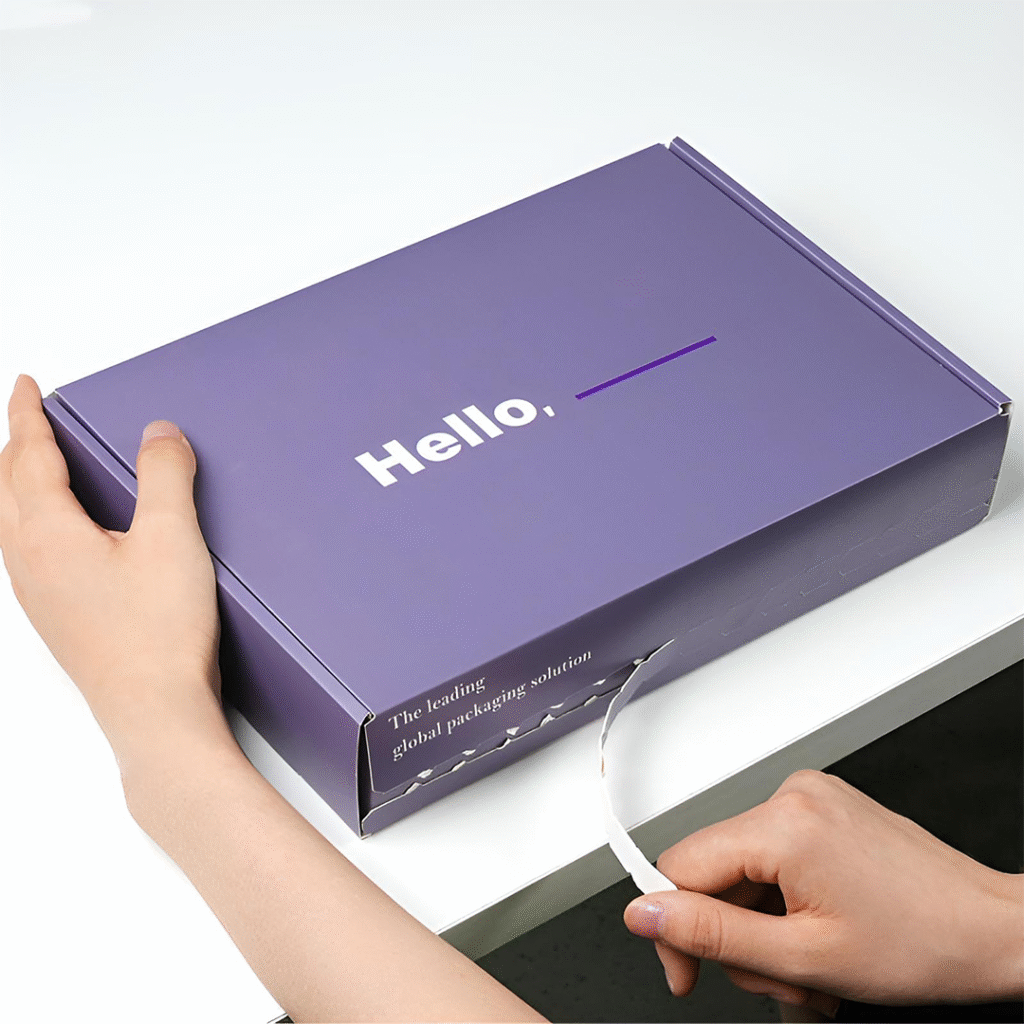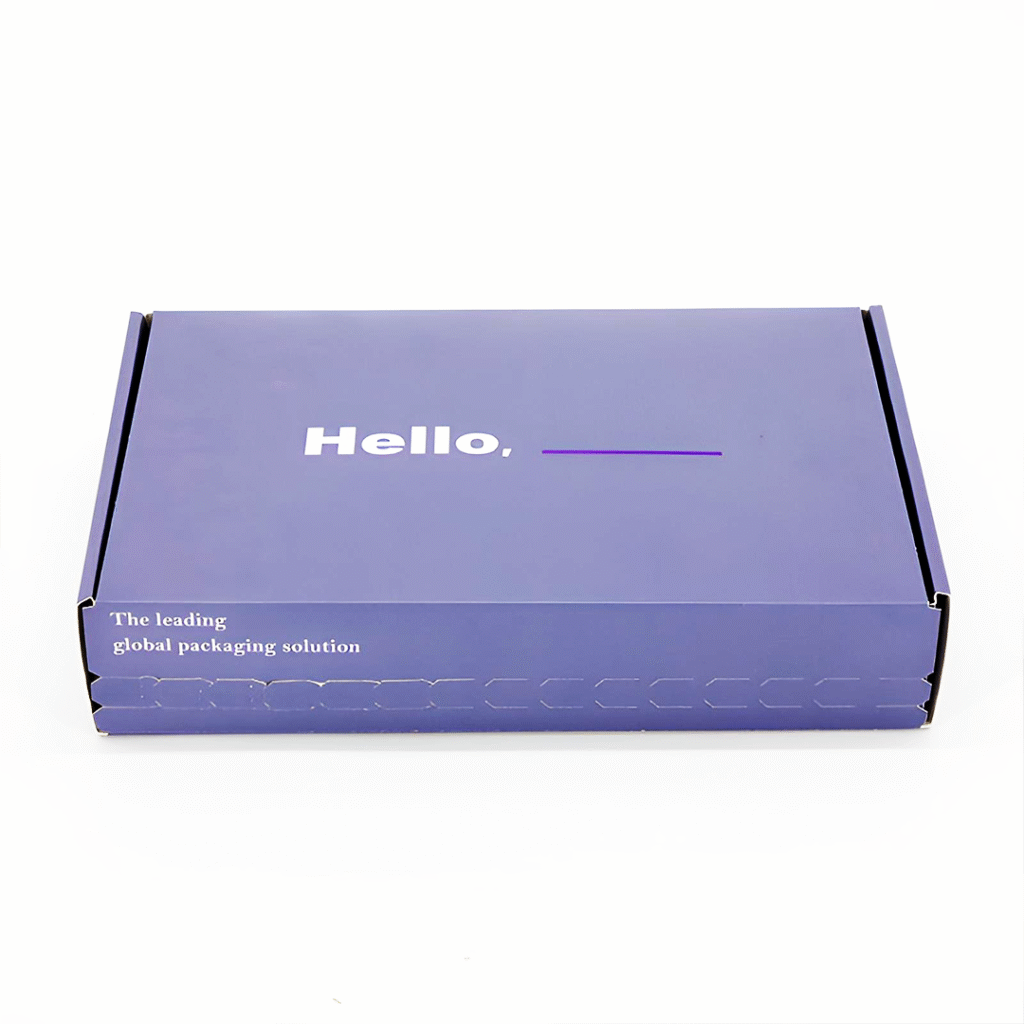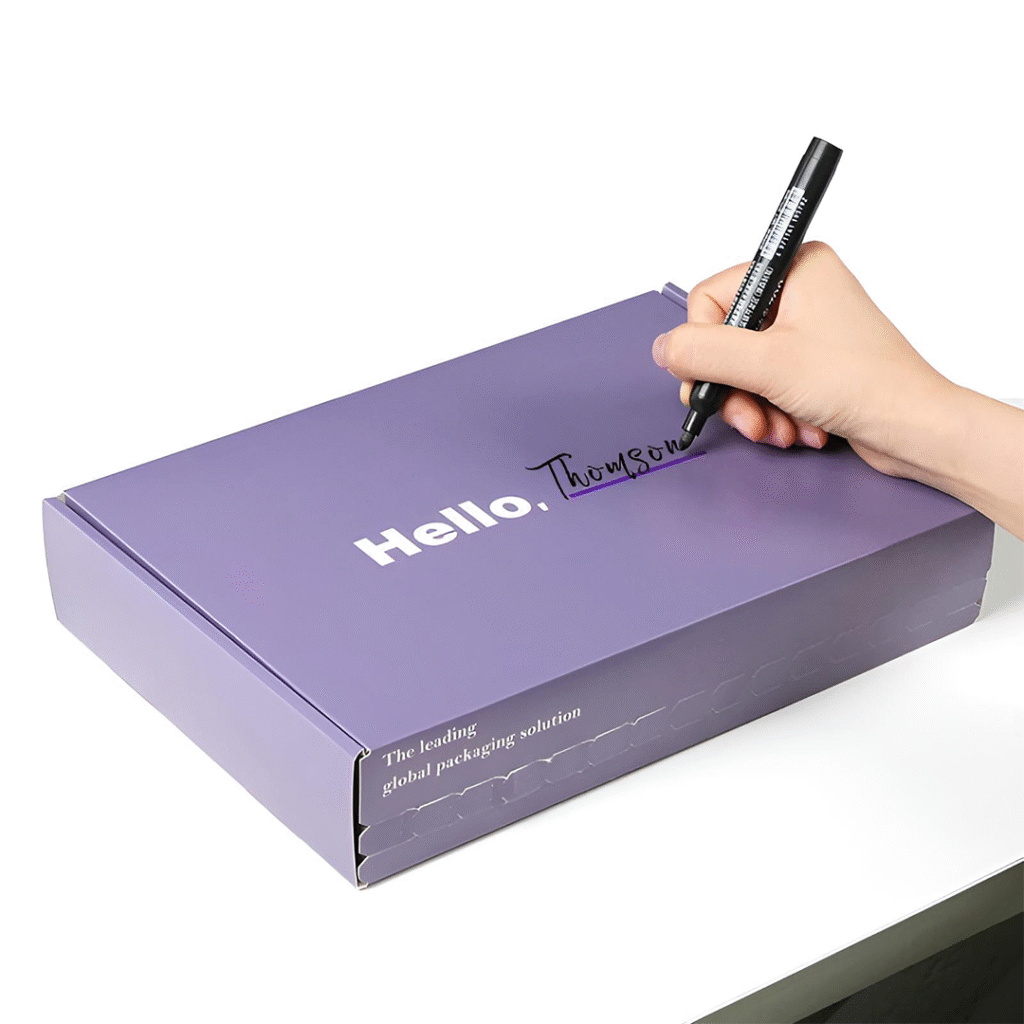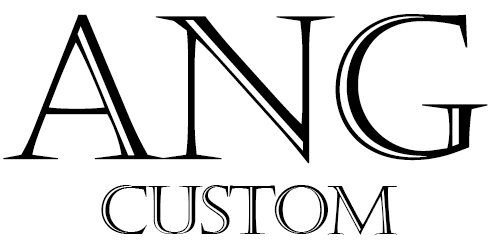Sizing and Dimensions: A Complete Guide to Choosing the Right Mailer Box for Your Product
Let’s be real—most e-commerce sellers pick mailer box sizes on a guess. They grab a box that “looks big enough” for their product, end up stuffing it with extra bubble wrap (wasting money) or squeezing the item (risking damage). But choosing the right size isn’t rocket science—it’s about matching your product’s needs to the box’s dimensions, and it’s one of the easiest ways to cut costs with Product Packaging Boxes.
This guide breaks down how to get sizing right, no guesswork required.

Why Bad Sizing Hurts Your Bottom Line
Before we dive into “how,” let’s talk about “why it matters.” The wrong box size costs you in three big ways:
Wasted Materials: A t-shirt seller I worked with used 12x9x4-inch boxes for folded tees (which only need 8x6x2 inches). They spent $150/month on extra packing peanuts to fill the empty space—money they saved once they switched to smaller boxes.
Product Damage: A jewelry brand tried fitting a 5-inch necklace box into a 4.5-inch mailer. The lid cracked during shipping, leading to 8% more returns. Stretching a box to fit doesn’t just look unprofessional—it breaks products.
Higher Shipping Fees: Carriers charge by “dimensional weight,” not just actual weight. A 10x10x10-inch box (even if it holds a small item) costs more to ship than an 8x8x2-inch one. One candle seller cut shipping costs by 18% just by downsizing their boxes.

The 3-Step Process to Pick the Right Siz
You don’t need a tape measure PhD—follow these steps for perfect sizing every time, whether you’re picking Product Packaging Boxes for small gadgets or bulk items:
Step 1: Measure Your Product (Properly)
Grab a ruler or measuring tape and note three dimensions: length x width x height (always in inches for shipping). A few tips:
For soft items (clothes, scarves): Fold them as you’ll ship them, then measure the folded bundle. Don’t measure them unfolded—you’ll end up with a box that’s too big.
For rigid items (electronics, candle jars): Measure the widest points (e.g., a 3-inch candle with a 4-inch lid—use 4 inches for width).
Step 2: Add 0.5–1 Inch for Filler (But Not Too Much)
You need a little space for protective material (tissue paper, bubble wrap), but not enough to let the product shift. A good rule: Add 0.5 inches to each dimension for soft items (like a folded sweater) and 1 inch for fragile ones (like a ceramic mug). This keeps the product secure without wasting space.
Step 3: Match to Standard Box Sizes (Skip Custom Cuts If You Can)
Most suppliers offer standard mailer box sizes—use these first. Custom sizes cost more, and they’re usually unnecessary. For example:
Folded t-shirts: 8x6x2 inches
Small accessories (socks, jewelry): 6x4x1 inches—these fit perfectly in Small Mailer Boxes, so you won’t waste space on oversized options.
Bulk items (3-pack hoodies): 10x8x4 inches
Folded suits: 25x19x4 inches (ideal for single suit with minimal folding)
If your product is an odd shape (e.g., a long scarf), look for “slim” mailer boxes—they’re designed for narrow items and avoid the need for oversized boxes.
Size Examples for Common Products
To make it even easier, here are size recommendations for products sellers often struggle with—all tailored to Product Packaging Boxes:
For folded t-shirts: When your folded tee measures about 7x5x1 inches, go with an 8x6x2-inch mailer box. This leaves just enough space for a layer of tissue paper without extra bulk.
For small jewelry boxes: If your jewelry box (like one holding a necklace or earrings) is 4x3x1.5 inches, a 5x4x2.5-inch box works best. The extra space protects the box from getting crushed during shipping.
For folded jeans: Folded jeans typically measure 9x7x2 inches—opt for a 10x8x3-inch mailer. The slightly larger size keeps the jeans from being squeezed, which can leave creases that frustrate customers.
For 2-pack socks: A 2-pack of folded socks usually fits into a 5x3x0.5-inch bundle, so a 6x4x1.5-inch box is perfect. It’s small enough to keep shipping costs low but roomy enough for a small thank-you note.
For folded suits: When prepping a single suit for shipping, fold it gently to avoid deep creases—this usually results in a bundle around 24x18x3 inches. A 25x19x4-inch mailer box is ideal here: it leaves just enough space for a thin layer of (moisture-proof paper) or tissue to protect the fabric, without letting the suit shift and crease during transit.

Don’t Forget Material: Size + Strength = Perfect Box
Size isn’t the only factor—your Product Packaging Boxes’ material needs to match the product’s weight. A flimsy cardboard box (even the right size) will collapse if you put a 5-pound item in it. Here’s a quick cheat sheet:
Light items (≤1 pound: jewelry, socks): 200–250 GSM cardboard (standard mailers).
Medium items (1–3 pounds: t-shirts, jeans): 300 GSM cardboard (thicker, more durable).
Heavy items (≥3 pounds: bulk apparel, small electronics, folded suits): 350+ GSM or double-walled boxes (prevents bending and protects thick fabric).
Final Tip: Test Before You Buy in Bulk
Always order sample boxes first. Pack your product, shake the box gently—if you hear the item shifting, the box is too big. If you have to force the lid closed, it’s too small. Testing samples saves you from buying 500 boxes that don’t work (especially critical for suit,where fit directly impacts fabric condition).
Wrapping Up
Choosing the right mailer box size is one of the simplest ways to save money, reduce returns, and make your Product Packaging Boxes look professional. It’s not about “bigger is better”—it’s about “better fit is cheaper.”
Need Expert Guidance?
ANG specializes in custom packaging for global fashion brands. Contact us for a free consultation material and sample.
